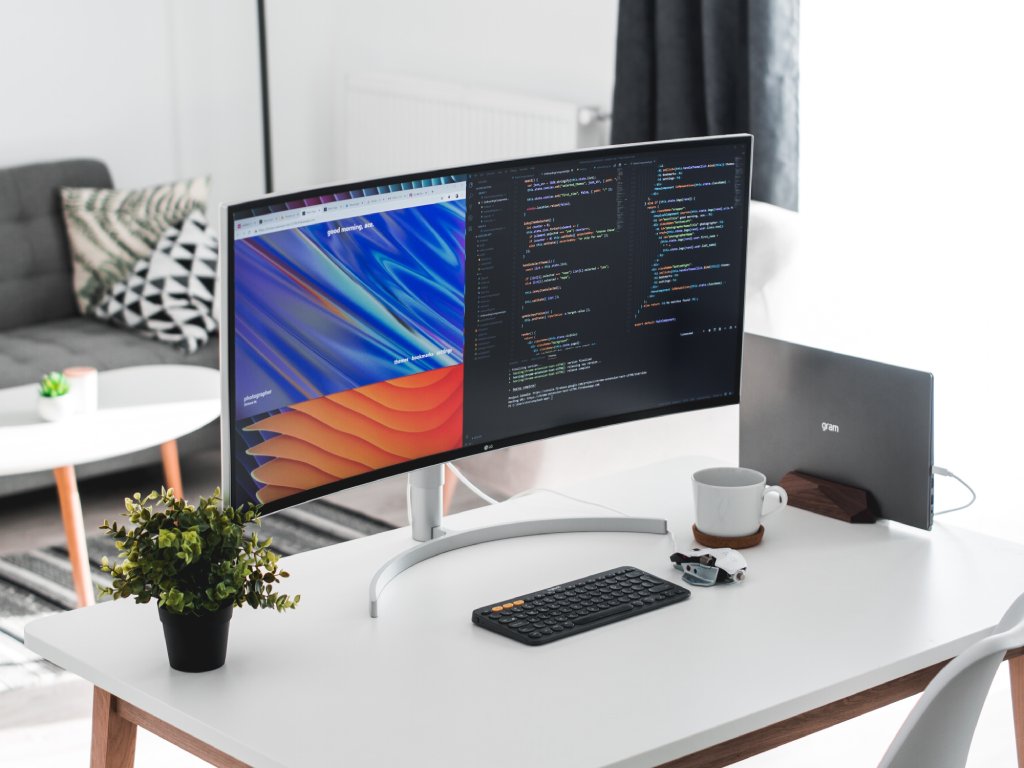Photo backgrounds can be the most interesting part of your pictures and websites. But adding things to photos can be hard and confusing, especially for people just starting out.
Many photographers who have never made a photo collage before might not know how to edit an image background. You can make stunning professional photo collages with some good photo editing software and time.
In Website.Design, knowing how to edit an image background can be a valuable skill. By mastering techniques like background removal or replacement, you can enhance the visual appeal and professionalism of your website’s imagery, creating a more engaging user experience.
Keep reading for a breakdown of the best ways to edit an image background on your website.

Use the Right File Types
An essential factor to consider when editing an image background is to use suitable file types for web image backgrounds. The recommended file type for web images is Portable Network Graphics (PNG) format. PNG images offer high quality but small file sizes, making them ideal for the web.
Other image formats to consider are JPEG and SVG formats. They offer excellent resolution and scalability. But, each format must be configured correctly to provide the best results.
Maximize Image Compression and Rendering Performance
In web design, image compression and rendering performance are essential. Properly optimized images can reduce file size and improve download speed. It can also lower memory usage.
To maximize image compression and rendering performance, choosing the right type of image file format is essential. For instance, JPEG files are much smaller than PNG files. So, converting the latter to the former can result in significant file size and performance savings.
Also, a specialized tool such as a PNG to JPEG converter can further optimize the images. This can result in improved compression and rendering performance over plain JPEG files.
Use Professional Level Software
Editing an image background with professional-level software is essential to a successful website. Professional-level software can manipulate layers, pixels, and color saturation. It also offers other features that ensure the most optimal and desired result.
Professional-level software such as Adobe Photoshop and Lightroom even offer Magic Eraser and Quick Selection tools. They allow you to remove distractions, erase complex objects, and much more. With them, you can achieve excellent results with minimal effort.
Finalize Your Image Background Edit
Once you have completed editing, it is important to double-check all of the changes you made. This is to ensure you are satisfied with the final product.
Make sure the image fits properly in the background. Check to ensure any additional elements you may have added are not too intense. The brightness, color, and contrast should be adjusted depending on the background to create the desired effect.
Finally, check if the image is clear and visible while not being too big or causing any slowdowns. Once all of these elements are checked, the image background edit on your website is ready to be finalized.
Edit an Image Background Like a Pro

The world of digital marketing is constantly growing, and with it, so is how consumers can engage your website. Utilizing quality image backgrounds on your website to make it stand out is a great way to engage potential customers.
With the available tutorials and tools, anyone can learn how to edit an image background on their website. Start editing your images today, and watch your website’s engagement grow!
Did you find this guide helpful? If so, check out our other informative content on our website.











